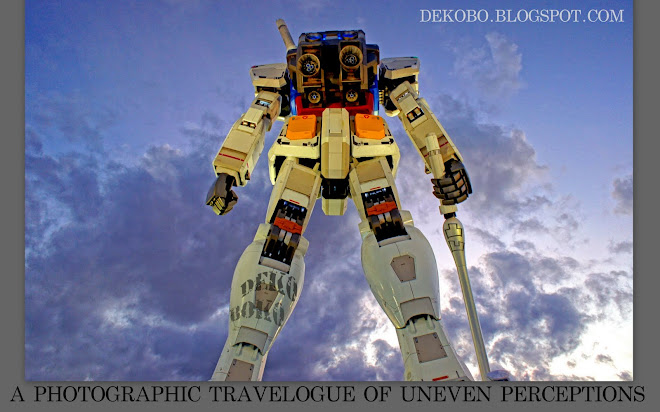
Gachapon is a Japanese onomatopoeia: 'gacha' is the sound of the crank on a vending machine turning and 'pon' is the sound of the capsule enclosed toy dropping into the receptacle at its base. The term describes the machines and the toy which are numerous in most shopping areas and seemingly popular with people of all ages. The picture is of my newly acquired Japanese mobile phone and its The Nightmare Before Christmas gachapon embellishment. Most everyone in Japan has at least one mobile phone with internet access, a camera, games, TV, etc., what most in the states would call a smart phone, and all of those phones have a decretive or functional strap of one kind or another to personalize it. With the growing popularity of the iPhone 3Gs in Japan and its lack of built-in strap connection the growing alternative to personalization seems to be japanese exclusive cases. I guess much bigger gachapon machines are in order. . .
















































